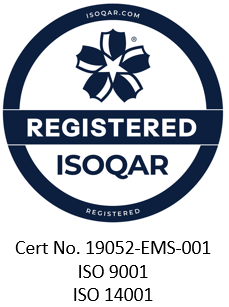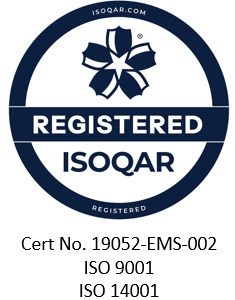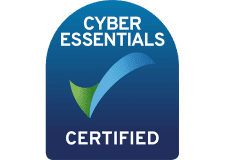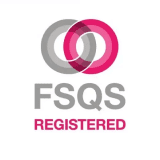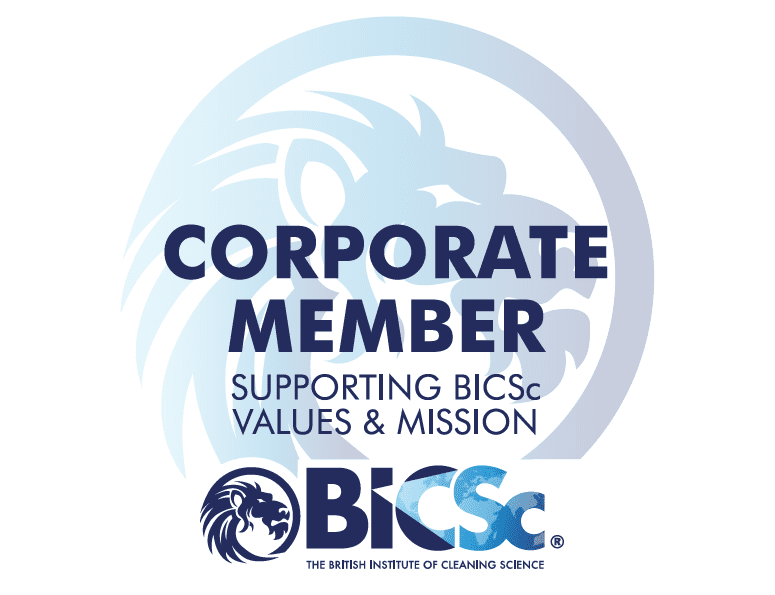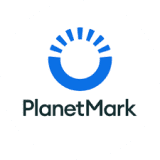Some thoughts from CEO Martyn Freeman on World FM Day
On World FM Day, the Facilities Management industry acknowledges our collective contribution to business and the global economy. This annual event coincides with another celebration…
Read More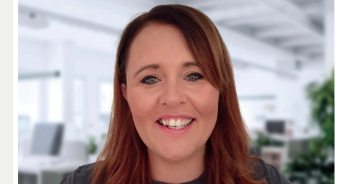
Lynne English, Operations Director in Q3’s IFM division, shares her thoughts on how we have collaborated with clients to help their staff re-engage with the workplace, in the hybrid working era.
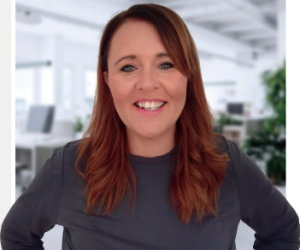
(Reproduced from an article originally written for FM Director publication)
The rise of hybrid working has fundamentally changed the way we use office space, so long-gone are the 9 to 5 days of dedicated desks and predictable occupancy. The change created by Covid has been seismic, and many organisations are still struggling to resolve the question of the future “purpose” of the office in this new era. A few high-profile organisations have even tried to mandate a full, or partial return to traditional, office-based, without truly addressing that whole issue of purpose.
Sadly, I doubt many of these return-to-work edicts have been based upon facts and science. More likely they are based simply a gut feel that it the right thing to do. It’s probably fair to say that many board members see home working as “out of sight and out of mind” and a recipe for slacking. Perhaps they also see their half-empty buildings and feel the need to realise the ROI on their huge corporate real estate investments?
From the workers’ perspective, there has been a fair amount of resistance to going back. After all, it’s difficult to promote such a policy when a Covid-enforced, remote-working model proved that people could be equally productive, and perhaps even more productive, when working remotely.
Unsurprisingly, employees have totally embraced the flexibility provided by home-working and the positive benefits it offers for a healthy work-life balance. Maybe people have grown to love hybrid a little too much, if the battle employers are experiencing to get them back, is any measure!
But consider for a moment the downsides of the dispersed working model. If you started your working life during the Covid lockdown, you would have been robbed of many of the benefits of office-based learning and induction, at a key time when the corporate culture would normally be embedded in your psyche. New employees have subsequently returned to the office in a cultural void, not knowing peers and colleagues, or even the basics of where things are, and how things work. Ironically, more people have got to know the name of the cleaner, than the name of the person sitting next to them. It’s not difficult to believe that on one of our contracts, we even introduced name badges to overcome this problem!
It’s easy to belittle the office, but there are benefits to office-based work. In one client’s operations, the contact centre team was reconfigured to home working during Covid, to ensure business continuity. The system worked and their customers’ needs were met, but an unexpected thing happened – the Net Promoter Score (NPS) dropped significantly. Coincidentally, when lockdown ended and the team returned to the office, the NPS suddenly improved again. Coincidence? Or was the collaboration, community environment and team interaction, responsible for stimulating better results?
So, how should corporate leaders address my earlier comment on defining the new purpose of the office. My view is that we should frame the purpose of the office around outcomes. Outcomes in relation to culture, community, commercial return, and customer experience. And if we accept this premise, the next logical question is, what do we need to change about our FM approach to maximise the benefits of a workplace-based workforce?
FM can be an important part of that change process through its ability to transform workplaces into dynamic, welcoming, and compelling places where employees want to spend their time. We can help people appreciate that the office is a destination where they can achieve corporate and personal goals, not just a place to sit down in front of a screen, while ignoring the people either side of them.
Certainly, it reinforces the belief we at Q3 have held for some time, that FM must prioritise the needs of the building occupants, ahead of simply looking after the buildings.
Here are a few ways we have helped some of our clients to define a new purpose for the workplace, by creating a culture that thrives in the hybrid era:
Designing workplaces for collaboration, not just concentration
Offices should prioritise collaboration spaces, to maximise the opportunities for face-to-face interaction. Invest in flexible spaces and furniture arrangements that can adapt to brainstorming sessions, team huddles, and client meetings. Consider designated “collaboration zones” equipped with whiteboards, high-quality screens, comfortable seating and good, accessible catering, that also allow easy socialising.
Make technology work to ensure seamless integration
Bridge the gap between remote and in-office teams with top-notch video conferencing technology. Make sure the tech is easy and trouble-free, and that technical support is readily to hand. Ensure all meeting rooms are equipped for seamless virtual participation and invest in room booking technology and desk reservation systems, to avoid scheduling conflicts and optimise space utilisation.
Put wellbeing first and create a destination experience
Employees are easily repelled by a sterile office environment. To counter that feeling and make it more attractive, do the obvious things like investing in ergonomic furniture, good lighting, clean workspaces and temperature control systems designed for people not BMS engineers. Get the FM team walking the floor and engaging with people, so they are accessible, can provide assistance, and resolve minor problems on the spot, without staff having to resort to calling the helpdesk.
And, if you want the workplace to be truly welcoming, why not start by doing just that! It’s as simple as coaching your reception and front-of-house teams to physically ‘welcome’ people by name, as they arrive. It’s very powerful and means that folk always start the day with a smile on their face.
Put the emphasis on wellness and wellbeing – set aside dedicated wellness spaces like meditation rooms, on-site fitness centres and quiet spaces. And think about creating spaces that aren’t just about enabling work, by creating breakout areas with comfortable seating, games, a well-stocked coffee area and somewhere to eat and drink– anything that will foster social interaction and that is not necessarily work-related.
Generating a positive ‘experience’ is where Q3 has really played a significant role in helping achieve change on our client sites. At our monthly client meetings we focus on the calendar, around which we design engagement events that provide a social focus and a good reason for everyone to be in the office. Proper relationships are forged at events and recently, we have had Easter egg hunts, pancake day competitions, charity fund raisers and even yoga sessions. Organising that last event provided me with the challenge of writing one of the more difficult risk assessments of my career!
On days when the directors are in for a board meeting, we also invite staff to a meet and greet session, when they can have a coffee and a chat with people from the senior team.
Good communication is key to making these events work, so we get involved with all the internal comms, including email, intranet announcements and posters. Then on the day, it’s all about seamless logistics, such as laying on the bacon butties, pancake mix, pastries or yoga mats!
Gather employee feedback and adapt
The key to a successful balance between remote and office working, is understanding employee needs, so it’s important to conduct regular surveys and focus groups to understand what employees need to achieve their work objectives. This is an area led by the client but supported by feedback and data provided by the FM company. Then it’s a case of translating those needs into new layouts, amenities, and even cleaning schedules to optimise the office experience. Recently, this has prompted initiatives such as locker storage and showers to facilitate cycle-to-work schemes, as well as the installation of transport charging points for the growing number of staff travelling to work by electric vehicle.
Our contribution to creating compelling workplaces is working, because staff are voting with their feet and showing a real commitment to coming back to the office through choice. If you feel that some of these ideas may work in your organisation, give it plenty of thought before simply replicating our approach. Remember, one size doesn’t fit all and researching and understanding the needs of the workplace occupiers must be the first part of any strategy for creating a compelling workplace.
Here are some more news and opinion articles that may be of interest:
